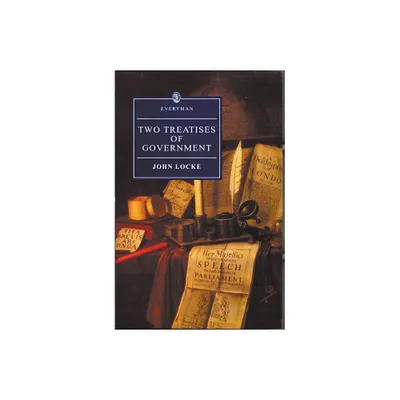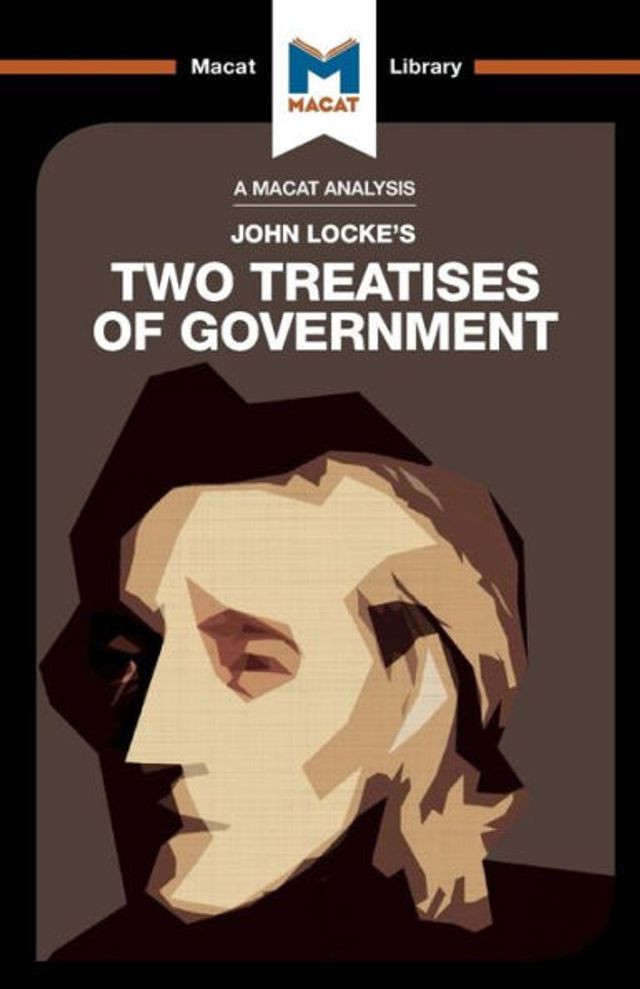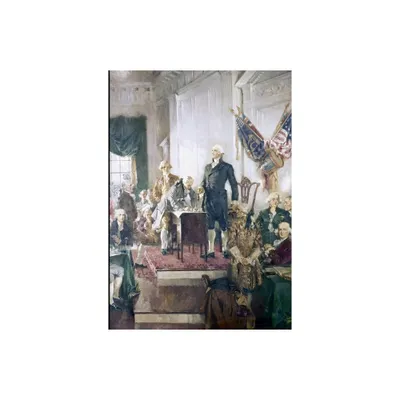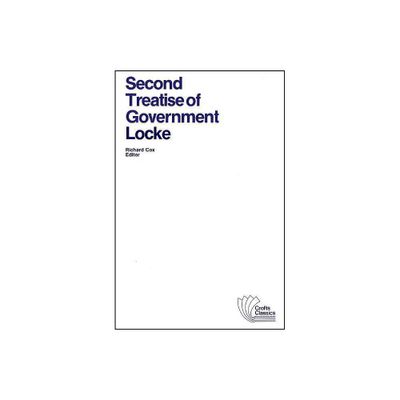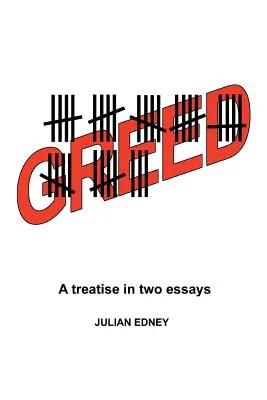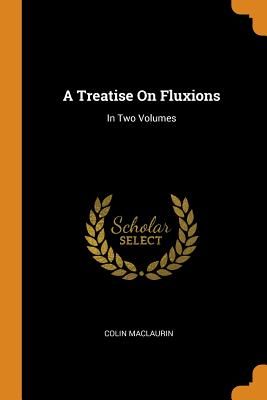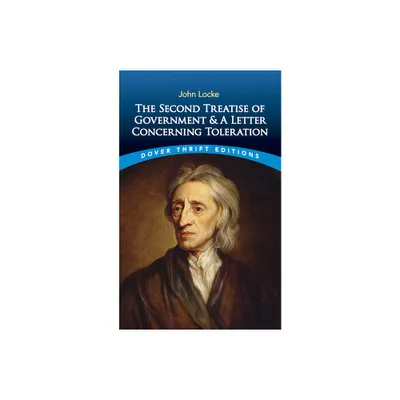Home
Two Treatises of Government
Loading Inventory...
Barnes and Noble
Two Treatises of Government
Current price: $17.99


Barnes and Noble
Two Treatises of Government
Current price: $17.99
Loading Inventory...
Size: Audiobook
*Product Information may vary - to confirm product availability, pricing, and additional information please contact Barnes and Noble
Two Treatises of Government
is a work of political philosophy published anonymously in 1689 by John Locke. The
First Treatise
attacks patriarchalism in the form of sentence-by-sentence refutation of Robert Filmer's
Patriarcha
, while the
Second Treatise
outlines Locke's ideas for a more civilized society based on natural rights and contract theory. The book is a key foundational text in the theory of Liberalism.
This publication contrasts former political works by Locke himself. In
Two Tracts on Government
, written in 1660, Locke defends a very conservative position; however, Locke never published it. In 1669, Locke co-authored the Fundamental Constitutions of Carolina, which endorses aristocracy, slavery and serfdom. Some dispute the extent to which the Fundamental Constitutions of Carolina portray Locke's own philosophy, vs. that of the Lord proprietors of the colony; the document was a legal document written for and signed and sealed by the eight Lord proprietors to whom Charles II had granted the colony. In this context, Locke was only a paid secretary, writing it much as a lawyer writes a will.
Two Treatises
was first published anonymously in December 1689 (following printing conventions of the time, its title page was marked 1690). Locke was dissatisfied with the numerous errors and complained to the publisher. For the rest of his life, he was intent on republishing the
in a form that better reflected its intended meaning. Peter Laslett, one of the foremost Locke scholars, has suggested that Locke held the printers to a higher "standard of perfection" than the technology of the time would permit. Be that as it may, the first edition was indeed replete with errors. The second edition was even worse, in addition to being printed on cheap paper and sold to the poor. The third edition was much improved, but still deemed unsatisfactory by Locke. He manually corrected the third edition by hand and entrusted the publication of the fourth to his friends, as he died before it could be brought out.
is prefaced with Locke announcing what he aims to achieve, also mentioning that more than half of his original draft, occupying a space between the
First
and
Second Treatises
, has been irretrievably lost.
[9]
Peter Laslett maintains that, while Locke may have added or altered some portions in 1689, he did not make any revisions to accommodate for the missing section; he argues, for example, that the end of the
breaks off in mid-sentence
is a work of political philosophy published anonymously in 1689 by John Locke. The
First Treatise
attacks patriarchalism in the form of sentence-by-sentence refutation of Robert Filmer's
Patriarcha
, while the
Second Treatise
outlines Locke's ideas for a more civilized society based on natural rights and contract theory. The book is a key foundational text in the theory of Liberalism.
This publication contrasts former political works by Locke himself. In
Two Tracts on Government
, written in 1660, Locke defends a very conservative position; however, Locke never published it. In 1669, Locke co-authored the Fundamental Constitutions of Carolina, which endorses aristocracy, slavery and serfdom. Some dispute the extent to which the Fundamental Constitutions of Carolina portray Locke's own philosophy, vs. that of the Lord proprietors of the colony; the document was a legal document written for and signed and sealed by the eight Lord proprietors to whom Charles II had granted the colony. In this context, Locke was only a paid secretary, writing it much as a lawyer writes a will.
Two Treatises
was first published anonymously in December 1689 (following printing conventions of the time, its title page was marked 1690). Locke was dissatisfied with the numerous errors and complained to the publisher. For the rest of his life, he was intent on republishing the
in a form that better reflected its intended meaning. Peter Laslett, one of the foremost Locke scholars, has suggested that Locke held the printers to a higher "standard of perfection" than the technology of the time would permit. Be that as it may, the first edition was indeed replete with errors. The second edition was even worse, in addition to being printed on cheap paper and sold to the poor. The third edition was much improved, but still deemed unsatisfactory by Locke. He manually corrected the third edition by hand and entrusted the publication of the fourth to his friends, as he died before it could be brought out.
is prefaced with Locke announcing what he aims to achieve, also mentioning that more than half of his original draft, occupying a space between the
First
and
Second Treatises
, has been irretrievably lost.
[9]
Peter Laslett maintains that, while Locke may have added or altered some portions in 1689, he did not make any revisions to accommodate for the missing section; he argues, for example, that the end of the
breaks off in mid-sentence


